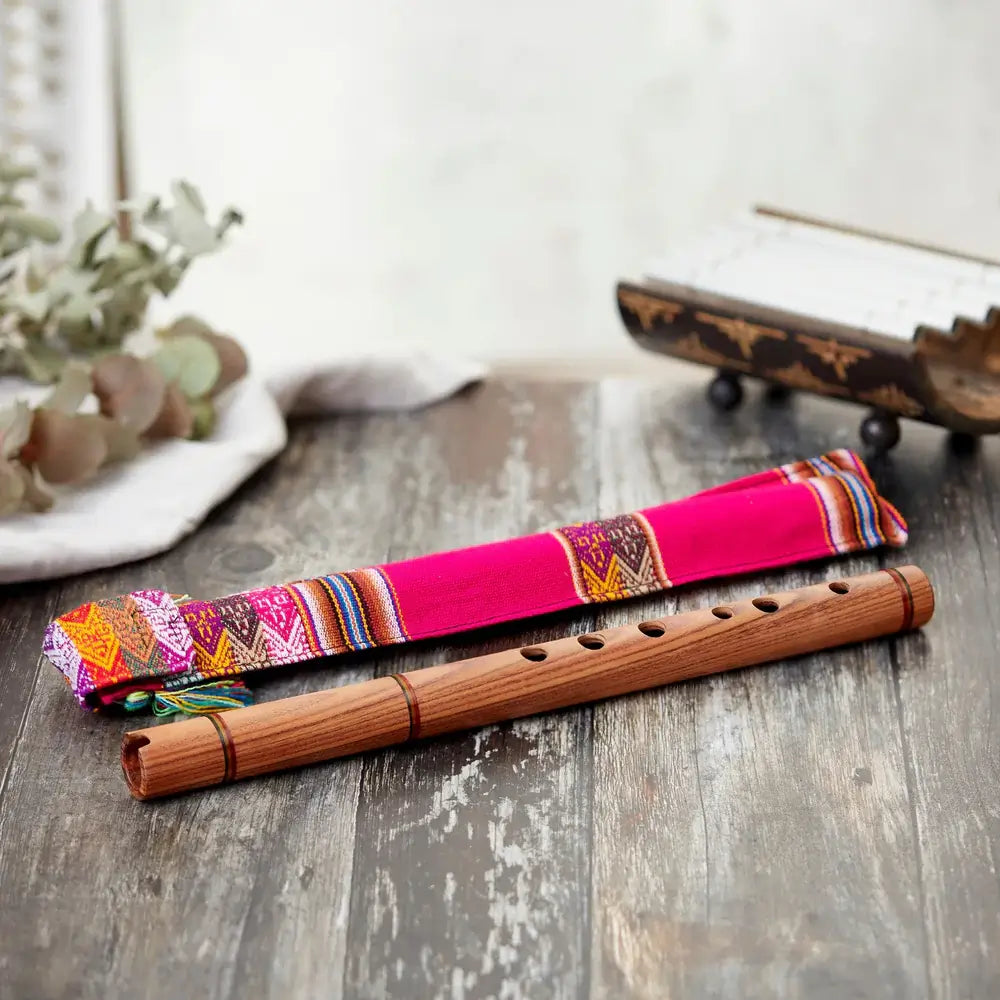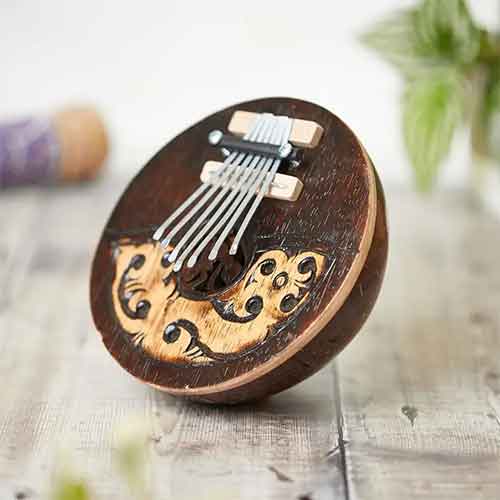When mixing a song to achieve the best possible sound, understanding the frequency ranges of different instruments is essential. This guide provides an overview of key frequency ranges to help you apply EQ effectively for each instrument. Keep in mind that every sound is unique, and adjustments may be necessary to suit the specific characteristics of your track.
Understanding EQ Frequency Ranges
When mixing music, EQ (equalization) is one of the most important tools you can use to shape and balance your sound. Every instrument has its own set of frequencies that make it stand out in the mix. By understanding these frequencies, you can highlight each instrument’s strengths while preventing clashes and muddiness. Below is a simple EQ cheat sheet to help you understand the frequency ranges of different instruments, so you can make informed decisions when mixing your tracks.
Instrument EQ Cheat Sheet
Bass Guitar
-
Bottom: 50-80 Hz (adds weight and depth)
-
Attack: 700 Hz (adds clarity and presence)
-
Snap: 2.5 kHz (enhances definition)
Kick Drum
- Bottom: 80-100 Hz (provides thump and power)
- Hollowness: 400 Hz (cut to remove muddiness)
- Point: 3-5 kHz (adds click and definition)
Snare Drum
- Fatness: 120-240 Hz (adds body and warmth)
- Point: 900 Hz (enhances punch)
- Crispiness: 5 kHz (adds clarity)
- Snap: 10 kHz (adds sharpness)
Toms
- Fullness: 240-500 Hz (adds body)
- Attack: 5-7 kHz (enhances definition)
Floor Tom
- Fullness: 80 Hz (provides depth)
- Attack: 5 kHz (adds presence)
Hi-Hats & Cymbals
- Clang: 200 Hz (adds weight)
- Sparkle: 8-10 kHz (enhances brightness)
Electric Guitar
- Fullness: 240-500 Hz (adds body)
- Presence: 1.5-2.5 kHz (adds definition)
- Cabinet Sound: 1 kHz (adjust to taste)
Acoustic Guitar
- Fullness: 80 Hz (provides depth)
- Body: 240 Hz (adds warmth)
- Presence: 2-5 kHz (enhances clarity)
Piano
- Fullness: 80 Hz (adds depth)
- Presence: 3-5 kHz (enhances articulation)
- Honky-tonk: 2.5 kHz (adds character)
Kalimba
- Body: 150-250 Hz (adds warmth)
- Chime: 3-5 kHz (enhances clarity)
Horns
- Fullness: 120 Hz (adds warmth)
- Piercing: 5 kHz (adds sharpness)
Vocals
- Fullness: 120 Hz (adds warmth)
- Boomy: 240 Hz (cut to remove muddiness)
- Presence: 5 kHz (enhances clarity)
- Sibilance: 4-7 kHz (cut to control harshness)
- Air: 10-15 kHz (adds openness)
Strings
- Fullness: 240 Hz (adds warmth)
- Scratchiness: 7-10 kHz (adds texture)
Conga
- Ring: 200 Hz (adds body
- Slap: 5 kHz (enhances attack)
Tambourine
- Jingle: 8-10 kHz (adds brightness and shimmer)
Shakers
- Rattle: 2-3 kHz (adds presence and texture)
Bongos
- Body: 120-240 Hz (adds warmth)
- Attack: 3-5 kHz (enhances definition)
Darbuka Drum
- Body: 150-250 Hz (adds warmth)
- Snap: 2-4 kHz (enhances definition)
- Click: 5 kHz (adds presence)
Djembe Drum
- Body: 120-250 Hz (adds depth)
- Attack: 1-3 kHz (enhances clarity)
- Top-end: 8-10 kHz (adds brightness)
Triangle
- High-end: 5-8 kHz (adds shimmer)
Kokoriko
- Rattle: 2-4 kHz (Improves texture)
- Body: 120-240 Hz (adds warmth)
Bells
- Ring: 1-2 kHz (adds presence)
- Sparkle: 5-10 kHz (enhances brightness)
Refining for Different Genres
Different genres have unique EQ needs that can make or break a mix. Rock thrives on midrange frequencies to bring instruments and vocals to the forefront, while pop favours bright, polished vocals. Electronic genres like house, dubstep, and drum and bass rely on deep sub-bass for impact and crisp highs for energy.
Electro pushes both ends of the spectrum with bold low-end and a high-pitched fizz around 8-12 kHz that adds excitement. Classical and jazz take a more natural approach, with subtle EQ tweaks to preserve warmth and authenticity. Understanding these nuances helps producers craft mixes that truly capture the essence of each style.
Common EQ Mistakes and How to Avoid Them
Over-boosting frequencies is a common mistake. While boosting around 2 kHz-5 kHz may seem to enhance clarity, it can introduce harshness. To avoid this, apply EQ until it sounds good, then dial it back slightly, turning a 6 dB boost into a more subtle 2 dB adjustment. Another mistake is ignoring the low-mid range, which can leave a mix sounding thin or muddy. Balancing instruments in this range is essential.
High-pass filters are also essential to cut unnecessary low-end rumble and free up headroom. Mixing in solo mode can be misleading—always EQ in context to ensure elements sit well together. Finally, avoid over processing; minimal EQ adjustments help preserve the instrument’s natural tone and the mix’s overall character.
Ready to take your mixing skills to the next level? Grab our exclusive EQ preset pack and start crafting your perfect sound today!











